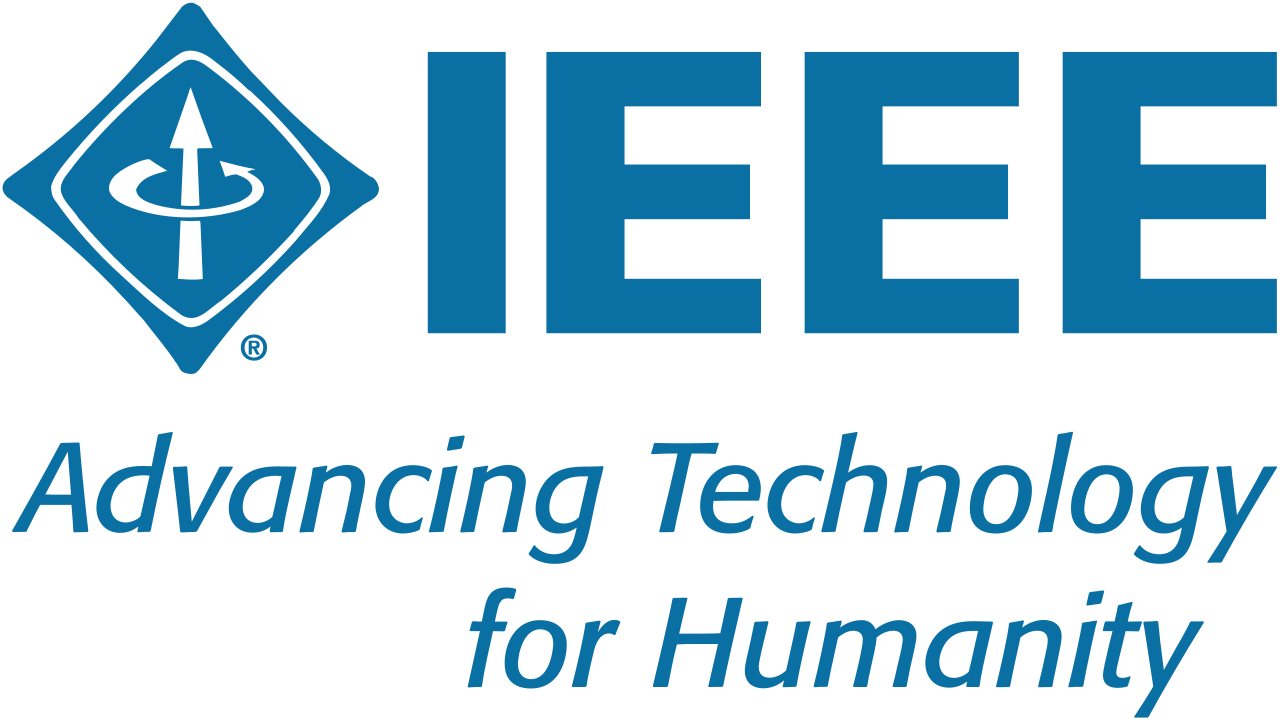Identification of Biometrics Using Fingerprint Minutiae Extraction Based on Crossing Number Method
Abstract
Biometrics based on fingerprint images is a self-recognition technique using fingerprint to represent a person's identity. Fingerprint is characteristic of someone's identity precisely and safely because there are no similarities and cannot be falsified. The purpose of this research is to develop a biometrics identification system based on fingerprint images by utilizing a cell phone camera for the acquisition of fingerprint images. This is based on its simplicity because almost everyone has a cell phone so that a person's identification system based on fingerprint can be used anytime and anywhere. The research was conducted using images generated from cell phone cameras with camera specifications of 2, 5 and 8 mega pixels. The method used in image processing consists of the minutiae crossing number method for the feature extraction process and the minutiae based matching method for the similarity measurement process. The results of the research concluded that cell phone cameras with specifications of 5 and 8 mega pixels can be used for the process of image acquisition in biometrics systems based on fingerprint. The feature extraction process of image results using the minutiae crossing number method and the match measurement process using the minutiae based matching method resulted in an accuracy value of 92.8% on a 5 mega pixel camera and 95.3% on an 8 mega pixel camera. The accuracy value depends on the results of the image acquisition stage, pre-processing, the threshold value in the identification process, and the number of images used in the training data in the database.
Keywords
References
Ahmed Abbood, A., Sulong, G., & Peters, S. U. (2014). A review of fingerprint image pre-processing. Jurnal Teknologi (Sciences and Engineering), 69(2), 7984. https://doi.org/10.11113/jt.v69.3111
Akinyele, A. O., Sarumi, A. J., Abdulsamad, B., & Green, O. O. (2018). Fingerprint Verification System Using Combined Minutiae and Cross Correlation Based Matching. 2(2), 1626. https://doi.org/10.11648/j.ajece.20180202.12
Amengual, J. C., Juan, A., Perez, J. C., Prat, F., Saez, S., & Vilar, J. M. (2017). Real-time minutiae extraction in fingerprint images.
IEE Conference Publication, 443 pt 2, 871875. https://doi.org/10.1049/cp:19971021
Ashok, J., Shivashankar, V., & Mudiraj, P. V. G. . (2020). An overview of biometrics. International Journal on Computer Science and Engineering, 02(07), 24022408. http://scholar.google.com/scholar?hl=en&btnG=Search&q=intitle:An+overview+of+biometrics#0
Bansal, R., Sehgal, P., & Bedi, P. (2018). Minutiae Extraction from Fingerprint Images - a Review. 8(5), 7485. http://arxiv.org/abs/1201.1422
Buciu, I., & Gacsadi, A. (2016). Biometrics systems and technologies: A survey. International Journal of Computers, Communications and Control, 11(3), 315330. https://doi.org/10.15837/ijccc.2016.3.2556
Chandana, C., Yadav, S., & Mathuria, M. (2015). Fingerprint Recognition based on Minutiae Information. International Journal of Computer Applications, 120(10), 3942. https://doi.org/10.5120/21265-3862
Chaudhari, A. S., Patnaik, G. K., & Patil, S. S. (2014). Implementation of Minutiae Based Fingerprint Identification System Using Crossing Number Concept. Informatica Economica, 18(1/2014), 1726. https://doi.org/10.12948/issn14531305/18.1.2014.02
Conti, V., Pilato, G., Vitabile, S., & Sorbello, F. (2020). Verification of Ink-on-paper Fingerprints by Using Image Processing Techniques and a New Matching Operator _conti-aiia02.pdf. August.
Faridah, Y., Nasir, H., Kushsairy, A. K., Safie, S. I., Khan, S., & Gunawan, T. S. (2016). Fingerprint biometric systems. Trends in Bioinformatics, 9(2), 5258. https://doi.org/10.3923/tb.2016.52.58
Gomez-Barrero, M., Drozdowski, P., Rathgeb, C., Patino, J., Todisco, M., Nautsch, A., Damer, N., Priesnitz, J., Evans, N., & Busch,
C. (2021). Biometrics in the Era of COVID-19: Challenges and Opportunities. http://arxiv.org/abs/2102.09258
J, R., Raja, K. B., & R, V. K. (2020). Fingerprint Recognition Using Minutia Score Matching. 1(2), 3542. http://arxiv.org/abs/1001.4186
Manvjeet, K., Mukhwinder, S., Akshay, G., & Parvinder, S. S. (2018). Fingerprint Verification System using Minutiae Extraction Technique. World Academy of Science, Engineering and Technology International Journal of Computer, Electrical, Automation, Control and Information Engineering, Vol.2(No.10), 34053410.
Munir, M. U., & Javed, M. Y. (2005). Fingerprint matching using ridge patterns. Proceedings of 1st International Conference on Information and Communication Technology, ICICT 2005, 2005(September 2005), 116120. https://doi.org/10.1109/ICICT.2005.1598565
Perichappan, K. A. P., & Sasubilli, S. (2017). Accurate Fingerprint Enhancement and Identification Using Minutiae Extraction.
Journal of Computer and Communications, 05(14), 2838. https://doi.org/10.4236/jcc.2017.514003
Pratama, N. P., Triayudi, A., & Hidayatulloh, D. (2019). Design-Based Fingerprint Time Attendance System Using IOT With MCU Node ESP8266. Jurnal Teknik Informatika C.I.T, 11(1), 1521. www.medikom.iocspublisher.org/index.php/JTI
Socheat, S., & Wang, T. (2020). Fingerprint Enhancement, Minutiae Extraction and Matching Techniques. Journal of Computer and Communications, 08(05), 5574. https://doi.org/10.4236/jcc.2020.85003
Virdaus, I. K., Mallak, A., Lee, S., Ha, G., & Kang, M. (2017). Fingerprint Verification with Crossing Number Extraction and Orientation-Based Matching. February.
WiÄ™cÅ‚aw, Å. (2009). A minutiae-based matching algorithms in fingerprint recognition systems. Journal of Medical Informatics & Technologies, 13(Fig 2), 6571.
Yang, W., Wang, S., Hu, J., Zheng, G., & Valli, C. (2019). Security and accuracy of fingerprint-based biometrics: A review.
Symmetry, 11(2). https://doi.org/10.3390/sym1102014.
DOI: 10.33751/komputasi.v20i1.6814
 Abstract views : 441
Abstract views : 441
Refbacks
- There are currently no refbacks.

This work is licensed under a Creative Commons Attribution 4.0 International License.









